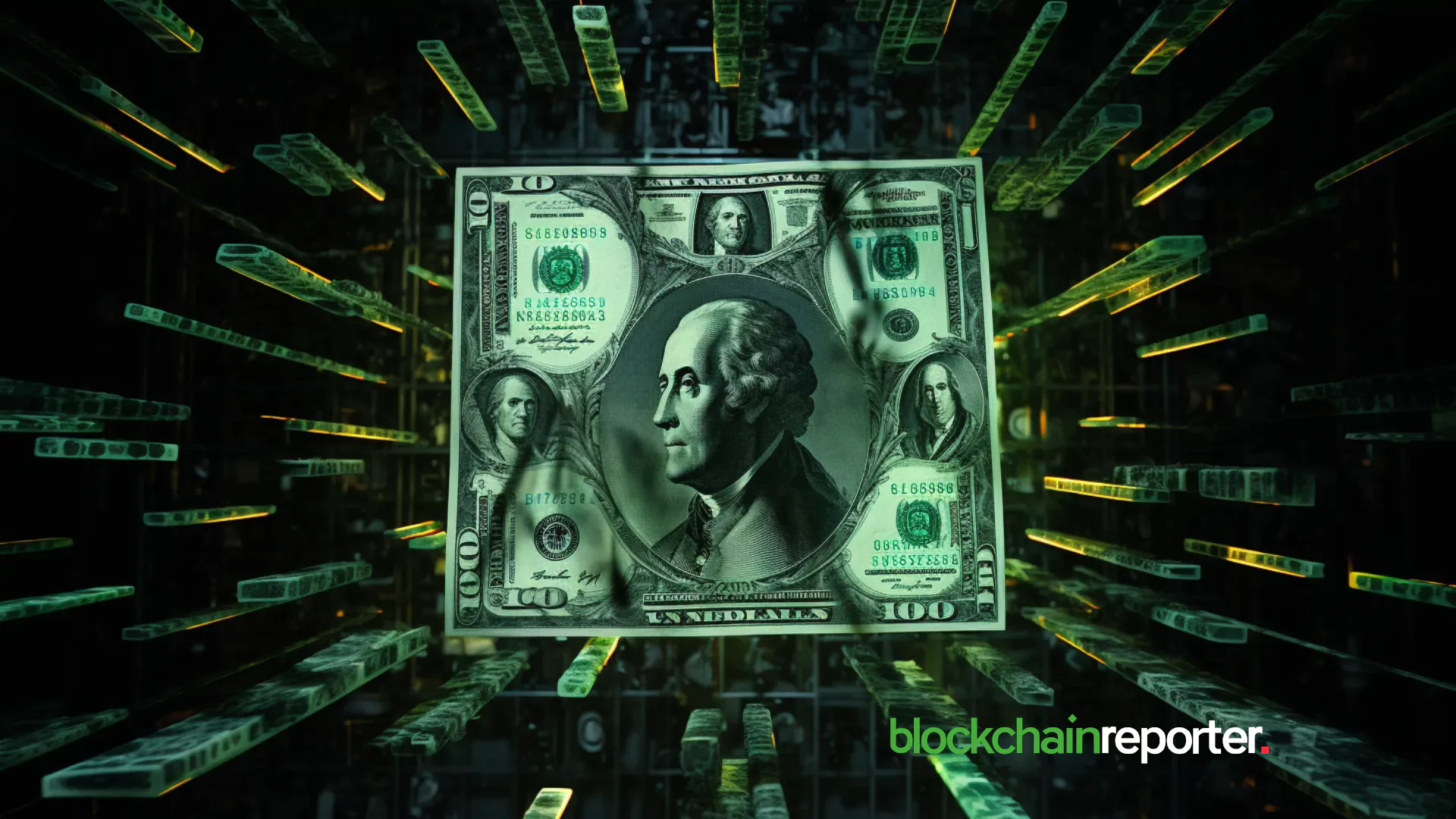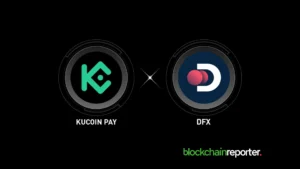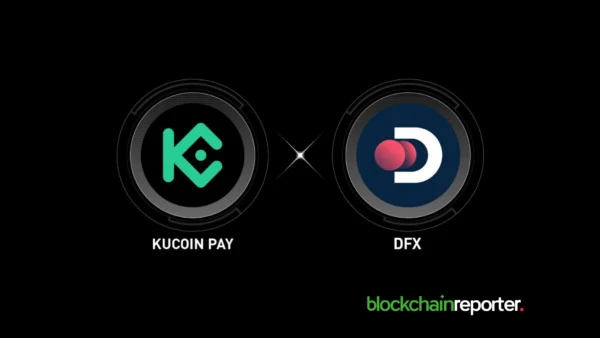
USDT holdings on exchanges have surged rapidly since August, marking a noteworthy shift in stablecoin trends. From March to July, USDT reserves on exchanges showed little fluctuation despite broader market price movements. However, recent data reveals a sharp rise in USDT exchange reserves, as evidenced by a tweet highlighting this increase.
According to CryptoQuant, we see that when stablecoins such as USDT accumulate on exchanges, it is often interpreted as “standing-by funds” capital ready to deploy for asset purchases. This increase may signal that investors are positioning themselves for potential buying opportunities, anticipating positive market movements. As stablecoin flows into exchanges grow, there is typically a positive impact on prices, given that it suggests traders are preparing to buy into the market.
Context of Current Market Sentiment
Despite the influx of USDT into exchanges, this increase does not automatically guarantee an uptick in asset prices. Market uncertainties, including global economic conditions, could cause investors to withhold from making substantial purchases. Risk aversion may play a critical role, especially if market trends remain unclear or financial markets exhibit turbulence.
The chart (see above) from CryptoQuant provides a broader context, displaying USDT holdings relative to other stablecoins such as USDC and BUSD. While BUSD reserves have steadily decreased since mid-2022, USDT has seen a clear rise from August 2024. This coincides with the broader trend in all stablecoins, which also shows an upward movement, confirming the growing presence of stablecoins on exchanges.
Moreover, the substantial decline in USDC reserves reflects the changing preferences in stablecoin usage across exchanges, with USDT solidifying its dominant position. Although the rise in USDT holdings suggests potential for market activity, investors are advised to remain cautious. The standing-by nature of these funds implies that without clear market direction, this capital may remain unused. As global financial uncertainty lingers, risk-averse behavior may slow down the anticipated buy orders.








